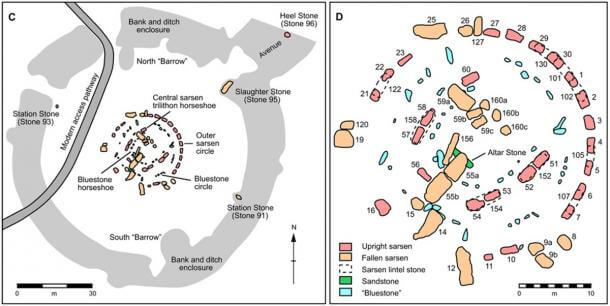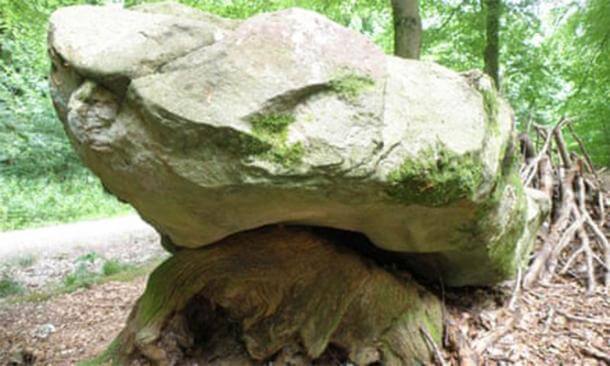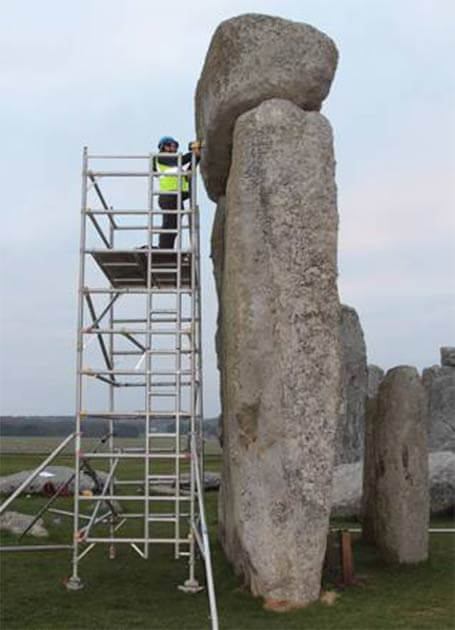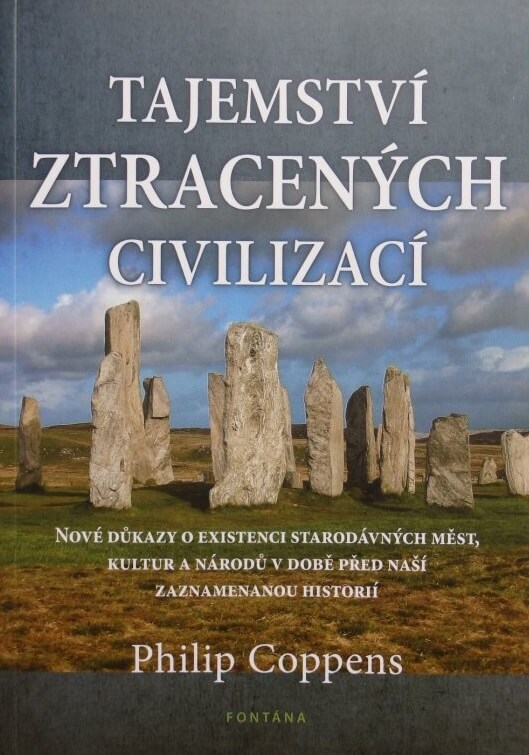
The exact origin of the large stones Stonehenge finally determined
 11. 08. 2020
11. 08. 2020

After years of uncertainty, experts have now finally solved the mystery of the exact origin of the large stones forming the circle at Stonehenge, thanks to the return of the missing fragment of the giant stone and the use of advanced technology. Scientists are now much better able to reconstruct the history of the famous prehistoric monument and how it was built.
Stonehenge - a mystery of giant stones
Stonehenge is a UNESCO World Heritage Site dating back to the Neolithic period, 2500 BC This monument, made up of many erected stones arranged in circles, is located on the Salisbury Plain in the English county of Wiltshire and was once the core of the iconic landscape. Archaeologists believe that several large Stone Age settlements stood near this monument. A team of British researchers was now able to accurately explore the source of the massive stones.
The origin of the stones used to build Stonehenge has been the subject of numerous discussions for hundreds of years. It has been known for some time that 42 smaller stones called 'blue stones' come from the Preseli Hills in Pembrokeshire, Wales, which is quite far from the site. But the origin of the massive blocks, also called sarsens, was still unknown. The research team wrote in the scientific journal Science Advances that: "the origin of the megalithic sarsens (silkrets) that make up the main structure of Stonehenge remains unknown."

Left - Stonehenge plan showing a monument surrounded by moats. Right - detail of the main part of Stonehenge with showing the remaining blue stones and numbered sarsens.
The stones had to be drawn or rolled on logs towards Stonehenge
David Nash, one of the lead authors of the study for Reuters, said: "The Sarsens form an iconic outer circle and a central horseshoe made of trilithons (two vertical stones supporting a horizontally placed stone).‟ Some of them are up to 9 m high and weigh up to 30 tons. Nobody knows how they got there. Nash said, "Due to the size of the stones, they had to be either pulled to Stonehenge or rolled on logs."
Researchers told the Daily Mail: "Sandstone blocks have long been thought to come from the Marlborough Downs - but this theory has never been well tested." that 50 of them have the same chemical composition, which indicates that they come from the same area. For comparison, sarsens from six other sites, including West Woods in the Marlborough Downs, were also examined.
Missing sarsen key
Next, the team analyzed the drilling core of one of the sarsens, which was lost and found again two years ago. It was drilled from one of the megaliths, known under number 58, by a company that repaired a damaged monument in the 50s. A company employee, Robert Phillips, kept one of the drill cores and took it with him when he moved to America. He did not return to England two years after his death.
Professor Nash told the BBC that: "Each outcrop found was found to have a different geochemical signature, but it was not the possibility of examining the returned nucleus that led to the identification of the source area of the sarsens that make up Stonehenge." The fragment could, unlike the stones forming part of a prehistoric monument, be explored by destructive methods. The core data were identical to samples taken from sarsens found in West Woods in the Marlborough Downs, just 26 miles from Salisbury Plain, where Stonehenge stands. There are many erected stones and mounds in West Woods, and it was previously thought to have been a sacred place. Now experts are convinced that most of the stones come from here.
Historian Susan Greaney, who was part of the research team, told the Daily Mail: "They wanted the biggest, most prominent stones they could find, and it makes sense that they tried to get them from as far away as possible." Chemical analysis can also help pinpoint the route. , along which the stones were transported to the Salisbury Plain. Researchers at Science Advances magazine wrote: "Our results will further help determine the most likely route that the sarsens were transported to Stonehenge." So far, they have identified three potential routes from West Woods.

A large sarsen located in West Woods, the possible place of origin of most of the sarsens used to build Stonehenge
A new mystery
The team is grateful for the return of the missing core once housed in Mr. Phillips's office. Professor Hill told the New Scientist: "We never expected to find the origin of the stones at all." However, the returned nucleus was crucial to this discovery and allowed scientists to pinpoint the source of the sarsens. Even though scientists had solved one mystery, another immediately appeared. Two of the sarsens do not come from West Woods. Professor Hill noted that they were "different from the main block, but also from each other." This suggests that they both come from different places. No one knows why the Stonehenge builders did it that way. Undoubtedly, further research will follow, which will lead to solving even this new mystery.
Tip from Sueneé Universe
Philip Coppens: The Secret of the Lost Civilizations
In his book, Philip Coppens provides us with evidence that clearly says ours civilization is much older, far more advanced, and more complex than we thought today. What if we are part of our truth? dějin intentionally concealed? Where is the whole truth? Read about the fascinating evidence and find out what they didn't tell us in history lessons.





 6
6


